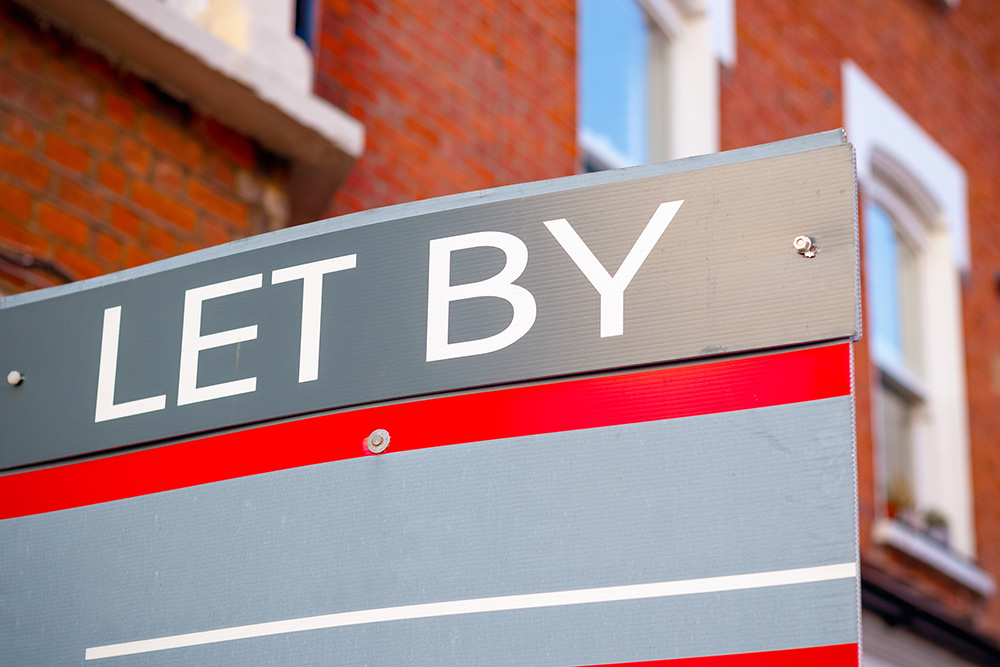
British people are renowned for their love of property. 65% of Britons have bought the property they live in, whilst in Germany, the figure is 43%. Bricks and mortar are not only seen as a viable route to shelter, but are also popular investments. Buy-to-Let, in particular, is often attractive – where you put down a deposit on a mortgage which is then covered by tenant rental income, also providing a nice profit (at least in theory!). However, how does Buy-to-Let compare against the stock market? Our Oxfordshire-based financial planning team offers some thoughts, here.
The pros & cons of Buy-to-Let
Buy-to-Let is compelling because property is tangible. You can see and feel bricks and mortar, whilst stocks and shares are numbers on graphs and spreadsheets. Buy-to-Let also offers two main routes to a profit. Firstly, the property value can grow over time – allowing you to potentially sell it for a capital gain later. Secondly, the rent from tenants can (with careful planning) cover your taxes and expenses – leaving the remaining profit as a nice “passive” income.
However, Buy-to-Let does have its downsides. There is the hassle factor since tenants may be difficult to manage and you may have to deal with various repairs. The more properties you have, the more this workload increases. Also, Buy-to-Let carries a lot of hidden costs which can possibly lead to you losing money rather than making a profit. For instance, estate agent fees, storage costs, accountant fees and insurance (e.g. landlord insurance) all eat into your returns. There is also the possibility that your property may be empty for long periods if you cannot find tenants, meaning you would need to cover the mortgage yourself.
Stocks & shares, compared
When you invest in an equity fund (collection of shares) or a specific company stock, you can generate a return in similar ways to Buy-to-Let. You hope that the shares will increase in value – allowing you to sell for a profit later – or they can provide an income (via dividend payments). With shares, however, you have far less work than managing a property. You may need to rebalance your portfolio once a year, but otherwise, you can leave your investments to run. You can also generate strong returns over a long period (e.g. 10+ years) with a good strategy, diversification and investor discipline. The S&P 500, for instance, has produced an average of 10.5% between 1957 and 2021.
Shares also generally have the benefit of high liquidity. If you need to sell them quickly to get to your money, you can. A Buy-to-Let investor, by comparison, might struggle to dispose of their property in a difficult market. However, shares can be challenging for investors to stomach. It is difficult to watch your portfolio rise and fall in value in short spaces of time. This can often lead to poor investment decisions that lose money (e.g. panic-selling when shares fall suddenly, only to see them rise again shortly after). Here, it can help to limit how often you check your portfolio. Also, working with a financial planner can help you maintain investor discipline and commit to your goals.
Be mindful that investing in shares can also carry fees and taxes which eat into your returns, although tax treatment at this time is far more favourable than with a Buy-to-Let property. Again, consider getting professional advice to find out how to mitigate these and put more back into your own pockets.
Invitation
Interested in finding out how we can optimise your financial plan and investment strategy? Get in touch today to arrange a free, no-commitment consultation with a member of our team here at WMM.
You can call us on 01869 331469
This content is for information and inspiration purposes only. It should not be taken as financial or investment advice. To receive personalised, regulated financial advice regarding your affairs please consult us here at WMM (financial planning in Oxfordshire).


